Norwegian Elkhound (Grey)
Norsk Elghund, Elkhound
 akc
akc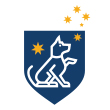 ankc
ankc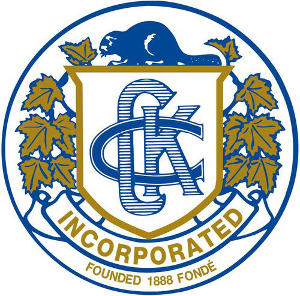 ckc
ckc fci
fci nzkc
nzkc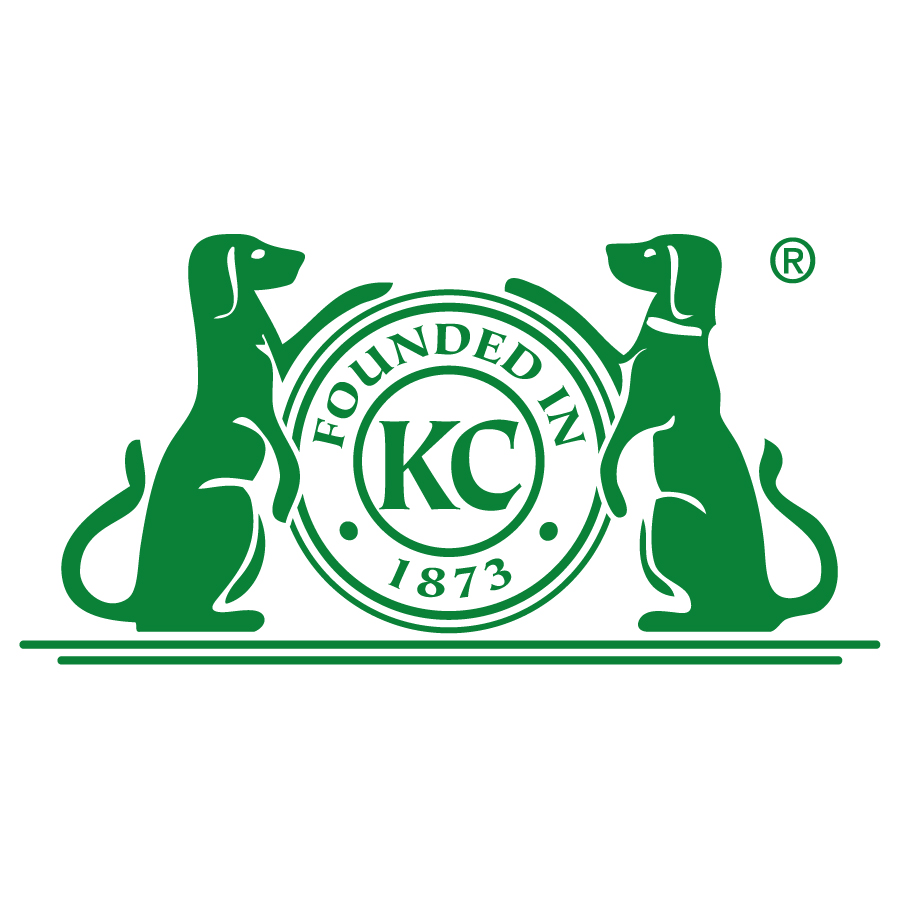 rkc
rkc ukc
ukc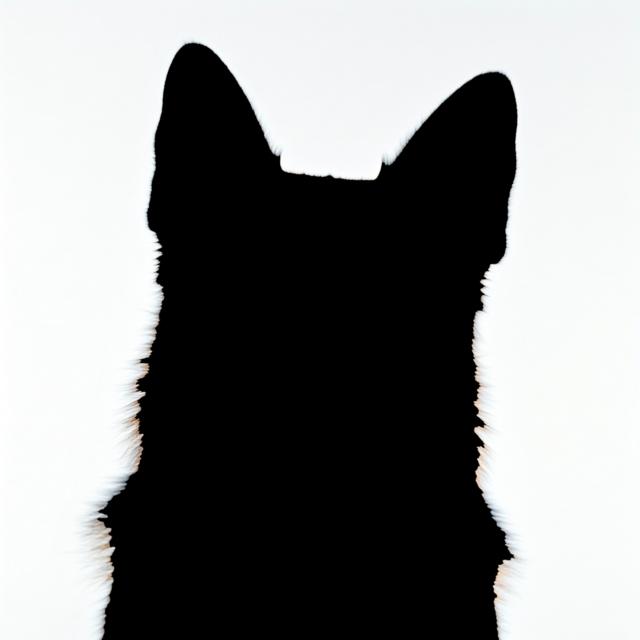
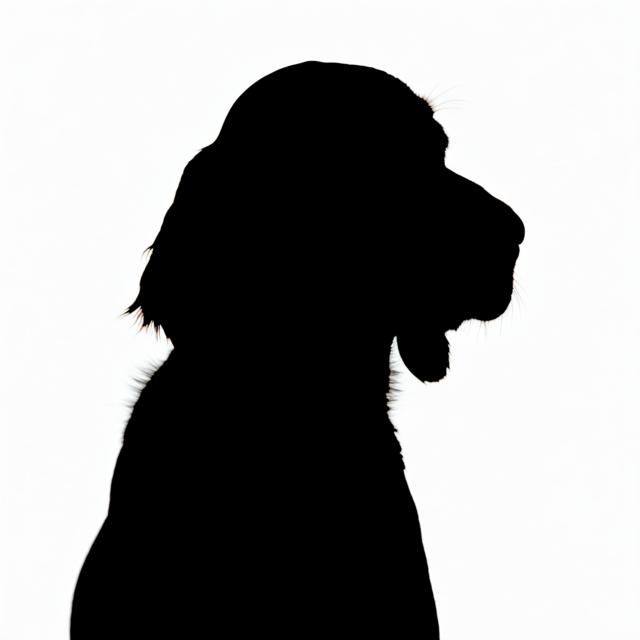
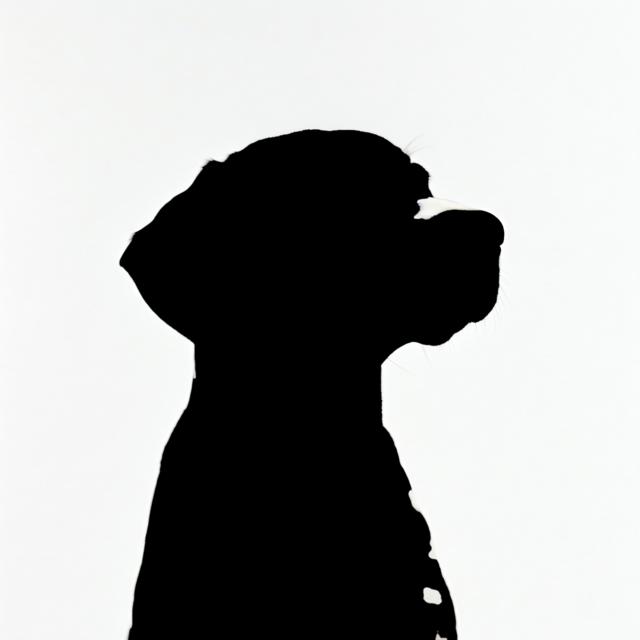
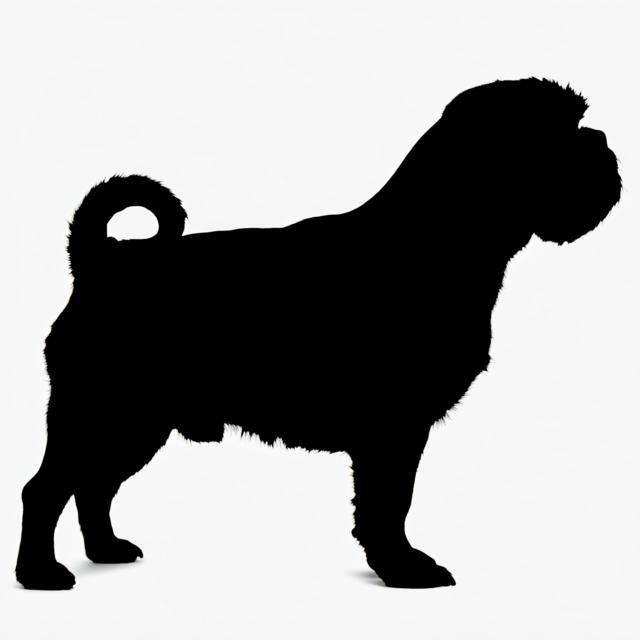
Summary
- The Norwegian Elkhound is a medium-sized, grey, double-coated breed from Norway, known for its hunting abilities and loyalty. They are energetic and independent dogs that require significant exercise and early socialization.
Origin and Purpose
- Developed in Norway as a versatile hunting dog, primarily for elk and other large game. Also used for herding, guarding, and companionship.
Appearance
Dimensions
| Gender | Height | Weight |
|---|---|---|
| Female | Approximately 19.5 inches (49 cm) | Approximately 48 pounds (22 kg) |
| Male | Approximately 20.5 inches (52 cm) | Approximately 55 pounds (25 kg) |
Coat
| Attribute | Notes |
|---|---|
| Color |
|
| Type |
|
| Length |
|
Care
| Attribute | Notes |
|---|---|
| Shedding |
|
| Grooming |
|
| Drooling |
|
Body
| Attribute | Notes |
|---|---|
| Head |
|
| Skull |
|
| Ears |
|
| Eyes |
|
| Nose |
|
| Muzzle |
|
| Teeth |
|
| Neck |
|
| Forequarters |
|
| Fore Legs |
|
| Hindquarters |
|
| Hind Legs |
|
| Feet |
|
| Tail |
|
| Gait |
|
Temperament
- Courageous, energetic, independent, loyal, and affectionate with family. Can be reserved with strangers, needs early socialization.
Social
| Attribute | Notes |
|---|---|
| Affectionate with Family |
|
| Good with Children |
|
| Good with Dogs |
|
| Good with Cats |
|
| Openness to Strangers |
|
| Playfulness Level |
|
| Protective Nature |
|
| Adaptability Level |
|
Working Roles
- Hunting
- Herding
- Guarding
- Companion
Exercise Needs
- High; Requires daily vigorous exercise and mental stimulation.
Health
- Generally healthy but prone to hip dysplasia, progressive retinal atrophy (PRA), and Fanconi syndrome.
Additional Notes
- Bred to hunt independently, making training require patience. Requires early and consistent socialization and training. Has a loud and distinctive bark.